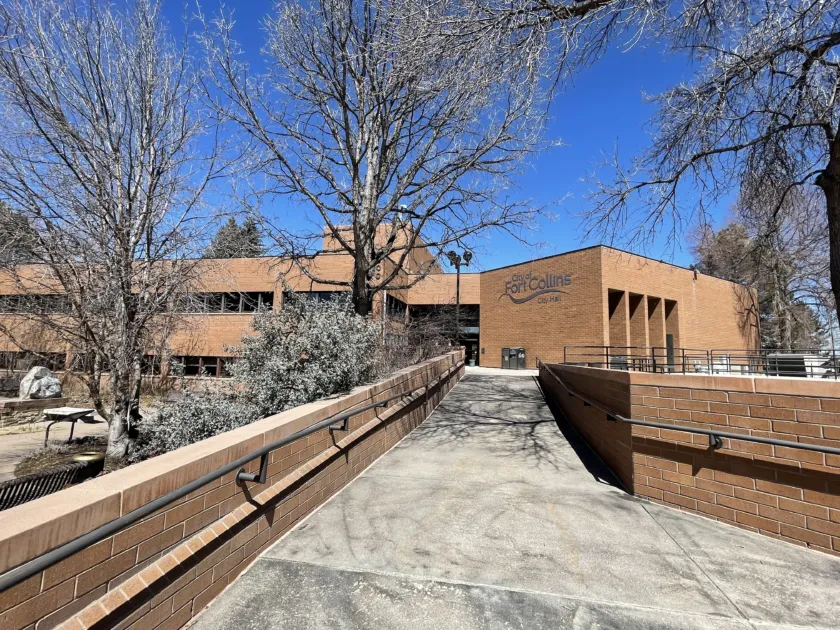CSU, Energy Dept., German firm to celebrate new lab to research fusion energy

Officials at Colorado State University are upping the effort in the global race to create sustained, long-term fusion energy, which is seen as the modern equivalent to discovering flight.
THIS ARTICLE IS FOR SUBSCRIBERS ONLY
Continue reading for less than $3 per week!
Get a month of award-winning local business news, trends and insights
Access award-winning content today!
Already have a paid subscription?





